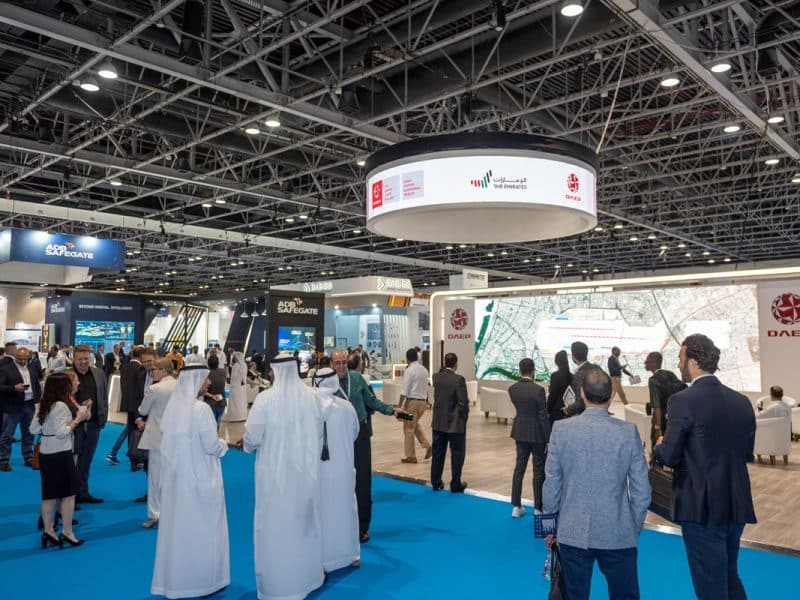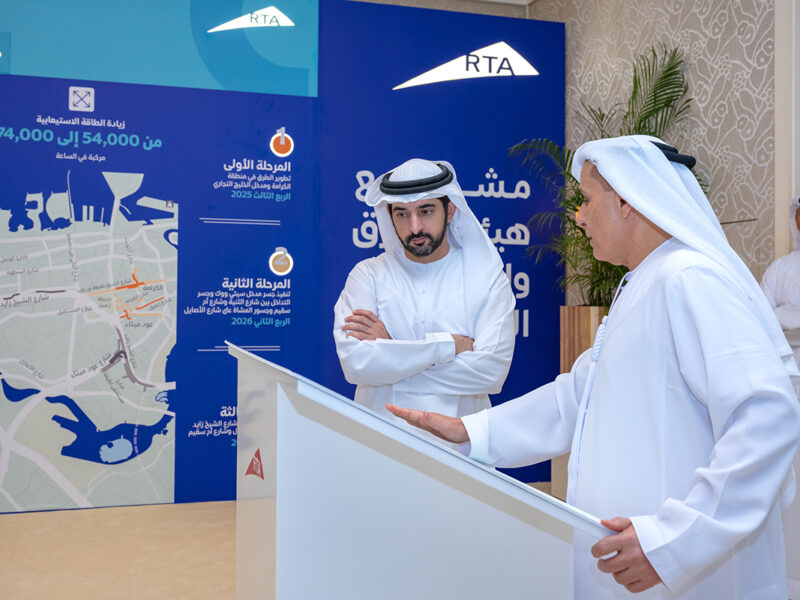Fujairah International Airport has outlined an ambitious plan to boost throughput to one million passengers in the year 2011.
According to Airports Council International, the airport handled just 35,887 passengers in 2005.
Key to achieving this ambitious target is the construction of a brand new passenger terminal, which is now having its final touches applied.
Following that, work is due to start on a new apron that will double the number of planes the airport can concurrently handle to 30.
“There’s a big difference between the existing [passenger] facility and the previous facility in terms of capacity, area and overall ability to handle passengers,” said Khaled Al Mazroui, general manager, Fujairah International Airport.
“Within five years, if we are able to attract airlines to operate here and fly within the GCC, it [one million passengers] will be possible.”
Having a terminal that can process one million passengers a year is one thing, but having the flights that can move those people is another.
That’s why the airport’s management is now in talks with a number of airlines about launching scheduled flights into and out of Fujairah.
According to Al Mazroui, there are two very good reasons why the one million passenger figure is possible.
One is Fujairah itself, which is booming economically on the back of its busy port and a high level decision to realise its potential as a tourism destination.
Another reason, one the general manager is keen to emphasise, is the construction of a new six lane highway that will cut the travel time between Dubai and Fujairah to forty minutes.
“People will be able to reach Fujairah from Dubai in forty minutes, which is the normal time it takes someone in a Western country to travel from their house to the airport,” said Al Mazroui.
“People will come here if a flight is available cheaper than in Dubai.
For much of the population of the UAE, if there is a price difference on tickets of 10%, it will be enough.
There are also other potential areas of differentiation, such as extra baggage.”
Should major airlines decide not to launch scheduled flights to Fujairah, however, the plan could be in jeopardy.
The big question then is whether or not Fujairah would move ahead with its own airline, just as Sharjah has done and Ras Al Khaimah is currently planning to do.
“I will not say that we are not discussing it,” said Al Mazroui, when asked the question.
“We do talk about it, but the government of Fujairah does not want to take a quick decision.
It’s a matter of talking, still unofficially.”
His own opinion is that the one million passenger target will be “more realistic” with a national airline, and “might be possible” if talks with existing airlines result in the launch of scheduled flights.
Regardless of what decisions are made, he believes the airport should be able to achieve a figure of at least 800,000 passengers in 2011.
Whilst it invests time and effort in increasing passenger numbers, Fujairah International Airport will not be forgetting about cargo, which accounts for around 90% of its current movements.
The airport has current annual cargo capacity of 40,000 tonnes, and handled 22,129 tonnes in 2005, according to Airports Council International.
The plan is to increase that figure to at least 100,000 tonnes annually by 2011, which will require the construction of a new cargo village.
Work on the facility will begin once work on the new apron approaches completion.
“We’re a small airport and that gives us the unique advantage of being able to treat everyone as a VIP,” Al Mazroui explains.
“We can provide manpower and equipment at any time.”
“Another thing that is important is we have very competitive landing, groundhandling and parking charges.
Airlines operate on a commercial basis and when they operate from Fujairah, they feel they are making extra profit.”







